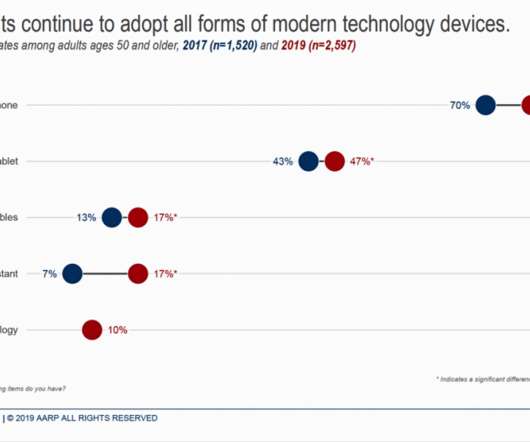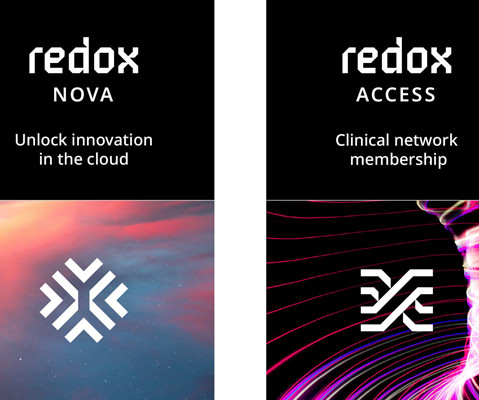The Pace of Tech-Adoption Grows Among Older Americans, AARP Finds – But Privacy Concerns May Limit Adoption
Health Populi
JANUARY 28, 2020
Smartphone adoption among older people grew by 50% since 2014, rising from 48% adoption among people 50+ to 79%. Most older Americans would share data collected through a wearable tech device with their health care provider, but a minority (35%) would share that information with a health insurance company.














Let's personalize your content